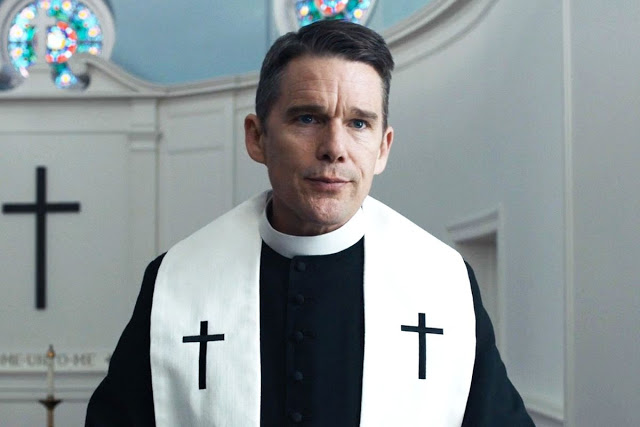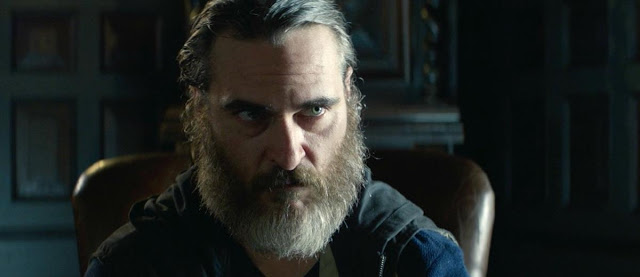BlacKkKlansman: For the Boys in Blue, Black Man Dons White Robe
During an interlude of rare tranquility in BlacKkKlansman, undercover detective Ron Stallworth (John David Washington) and his sorta-girlfriend, Patrice (Laura Harrier, from Spider-Man: Homecoming), stroll through a serene wooded area, highlighted by a bubbling stream and colorful foliage. They’re talking, as fledgling lovers tend to do, about their favorite films, and Ron asks Patrice whether she prefers Super Fly or Shaft. Patrice, the president of the Black Student Union at Colorado College, is adamant. “Shaft,” she answers decisively, explaining that she has no use for something like Super Fly, which perpetuates the stereotype of black men as pimps and thugs. Taken aback by the severity of her criticism, Ron urges Patrice to relax. After all, he says in protest, “it’s just a movie!”
That sort of dismissive, laissez-faire hand-waving—the fallacious notion that art should simply be absorbed rather than analyzed, contextualized, and debated—has never and will never apply to the motion pictures of Spike Lee. For more than three decades now, the director has made all manner of “joints”—war epics and crime thrillers, sweeping period biopics and intimate family dramas, good movies and bad ones—but all of them share a purpose that goes beyond entertainment (though they are often entertaining). Lee is one of America’s most proudly political filmmakers, using his work not just to provide audiences with a few hours of diverting pleasure but to educate, instigate, preach, and rattle. BlacKkKlansman, which tells the story of Ron’s infiltration of the Ku Klux Klan in 1972 Colorado, fits squarely within this lineage. It is by turns a suspenseful police procedural, a powerful piece of agitprop, and a ferocious indictment of a reeling nation that, in its maker’s view, continues to neglect and suppress its black citizenry. It is not just a movie. Read More





